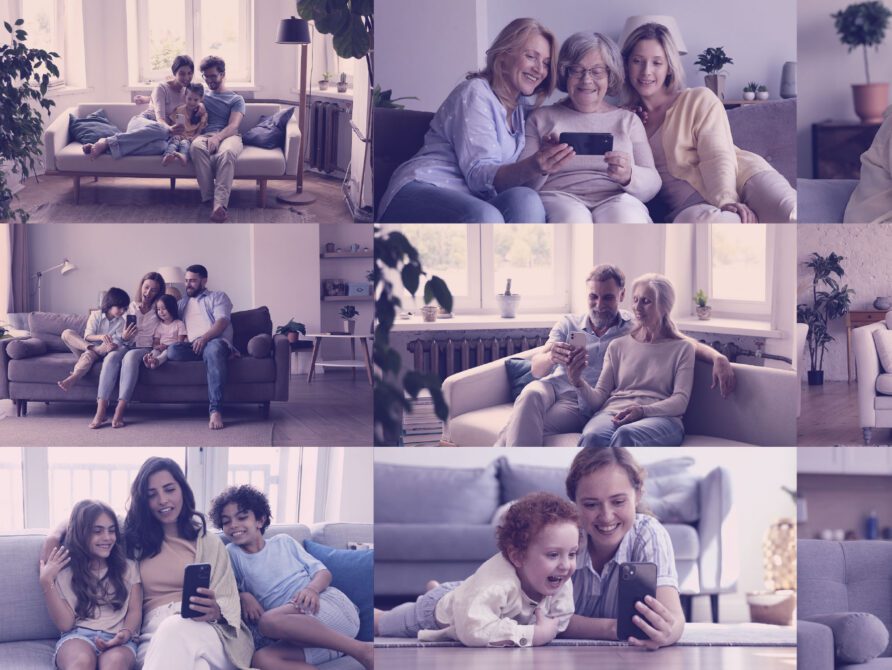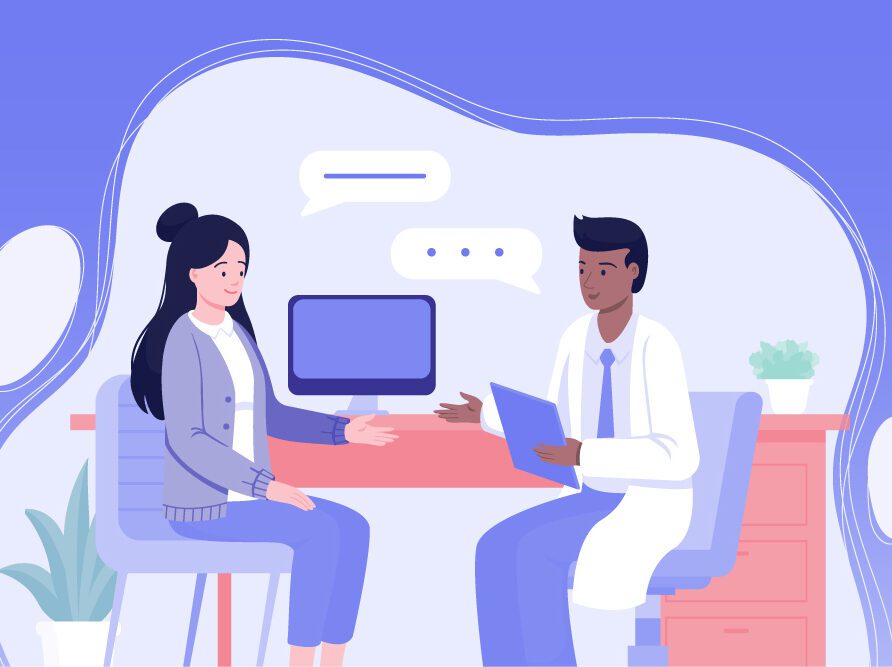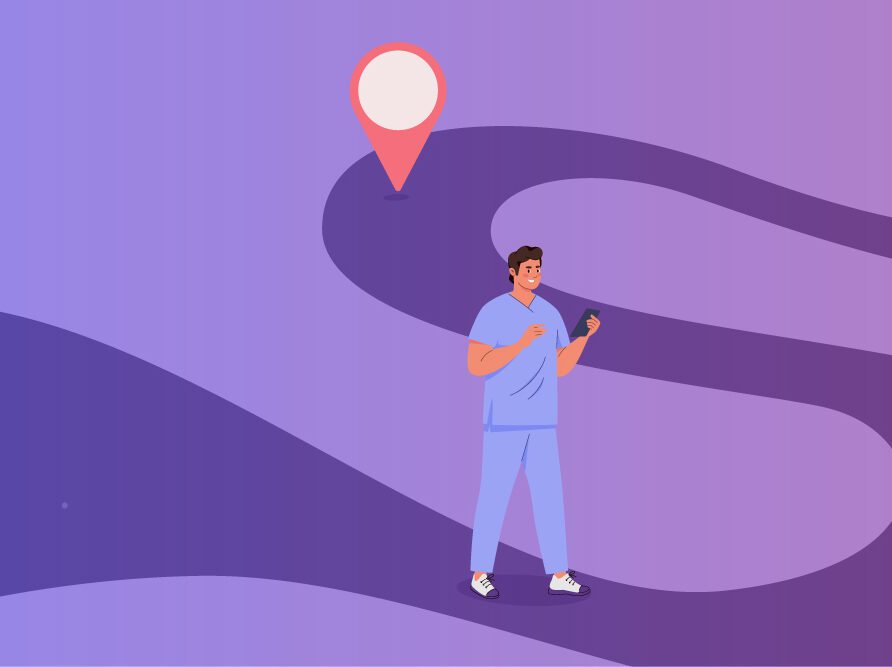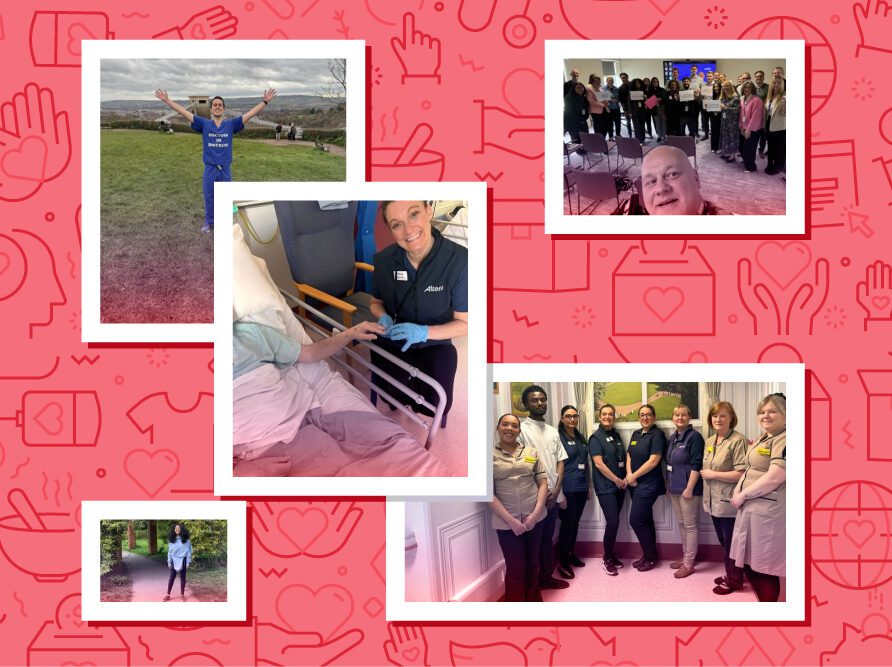Article
The quiet pandemic of loneliness
The World Health Organization (WHO) defines social determinants of health (SDOH) as the “conditions in which people are born, grow, work, live, and age and the wider set of forces and systems shaping the conditions of daily life.” With regards to living and aging, loneliness is an element that is impactful yet often overlooked.
In the pursuit of more equitable, accessible care and better health outcomes for all, here are a few things healthcare organizations should know about loneliness and how it relates to other SDOH.
The likelihood of loneliness
According to the Centers for Disease Control and Prevention (CDC) loneliness is “the feeling of being alone, regardless of the amount of social contact.” This is related to but distinct from social isolation, which is a lack of social connections. Loneliness and social isolation may coincide, but one can be socially isolated without feeling lonely or feel lonely without being socially isolated, as well.
Factors associated with risk of loneliness include low educational attainment, poor physical and mental health, financial insecurity, perceived low community support, living alone and age. Among older adults, immigrant and LGBT patients experience loneliness more than other groups, in addition to those facing factors such as chronic illness, hearing loss and the loss of family or friends.
Loneliness is often perceived to be associated with seniors, but younger generations are more likely to report these feelings. One survey conducted before the pandemic found that more than 60% of American adults are lonely. Respondents in Gen Z (then 18–22 years old) had the highest score on an 80-point loneliness scale (50)—seven points higher than boomers. A separate survey at Harvard found that 61% of Americans 18–25 reported serious loneliness, compared to 36% across all adults surveyed. For older adults specifically, an estimated 20–34% report being lonely.
While COVID-19 has changed our everyday lives to varying degrees, its impact on loneliness may not be as intense as one might assume. Research published by the American Psychological Association (APA) found that the prevalence of loneliness increased by 5% across age groups during the pandemic.
Impact and interventions
Studies indicate that loneliness can increase the risk of several conditions, particularly among older adults, including cardiovascular disease, stroke, dementia, depression and anxiety. Moreover, among adults over 60, the risk of mortality may increase with loneliness. In the transition to value-based care, accounting for loneliness will not only help prevent poor patient outcomes, but also help organizations maintain stability.
To this end, screening all patients for loneliness is an important first step providers must take to help address this issue. One commonly used tool is the UCLA Loneliness Scale, which probes respondents on the superficiality of their social relationships, how often they can find companionship and other dimensions. CMS also developed a broad SDOH questionnaire providers may find useful.
Healthcare organizations may want to consider creating a list of community-based organizations (CBOs) they can direct patients to when a need is identified. These may include adult education classes like painting and language learning, groups for mothers of infants and toddlers, and local nonprofits seeking volunteers.
There are also services such as Teen Line and the American Association of Retired Persons’ (AARP) Friendly Voice that can connect a struggling patient with volunteers by phone and other modalities. For patients with chronic and/or high levels of loneliness, a referral to a mental health professional may be appropriate.
Loneliness, like many SDOH, is not easily detected or clearly visible to providers. But with greater focus on social determinants and mental health, healthcare organizations can put patients at the center of care for the well-being of individuals and communities everywhere. Altera Digital Health stands by our clients and as a healthcare IT partner, we will continue helping them provide the resources their communities need to address and mitigate all SDOH.













